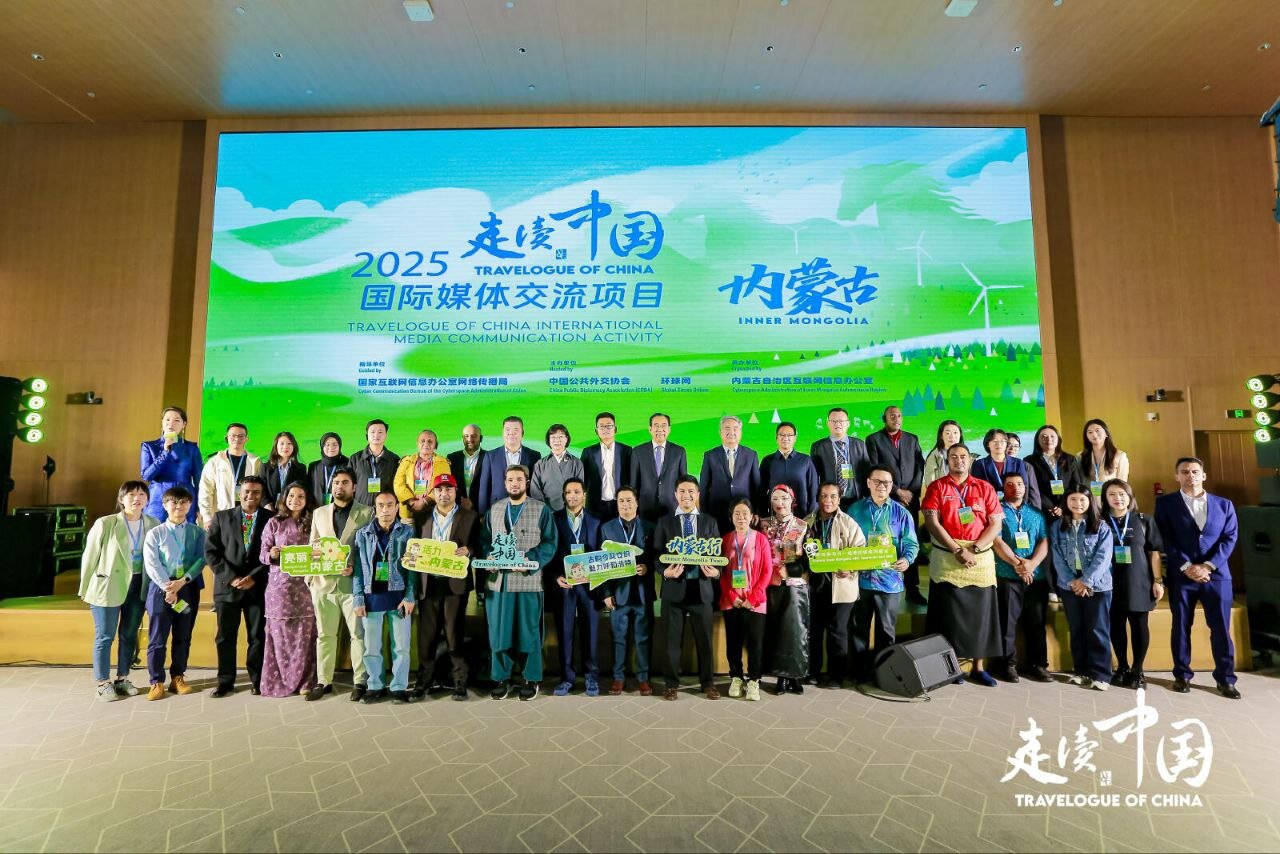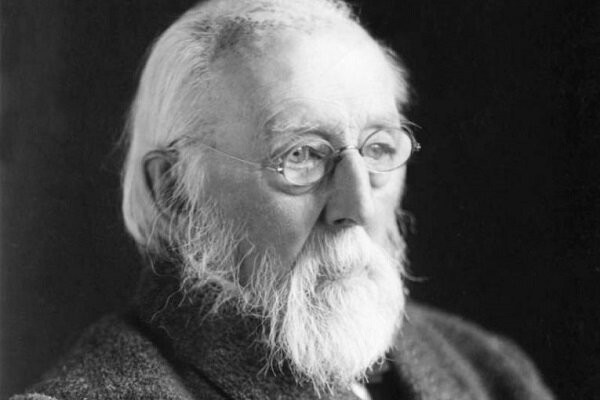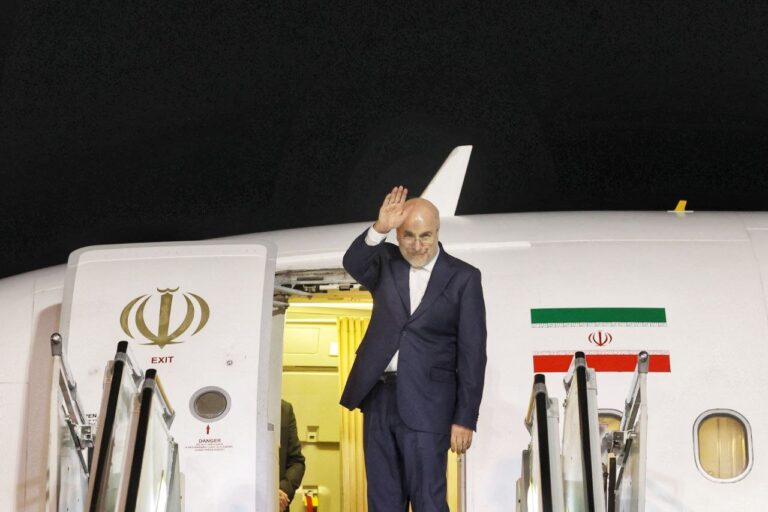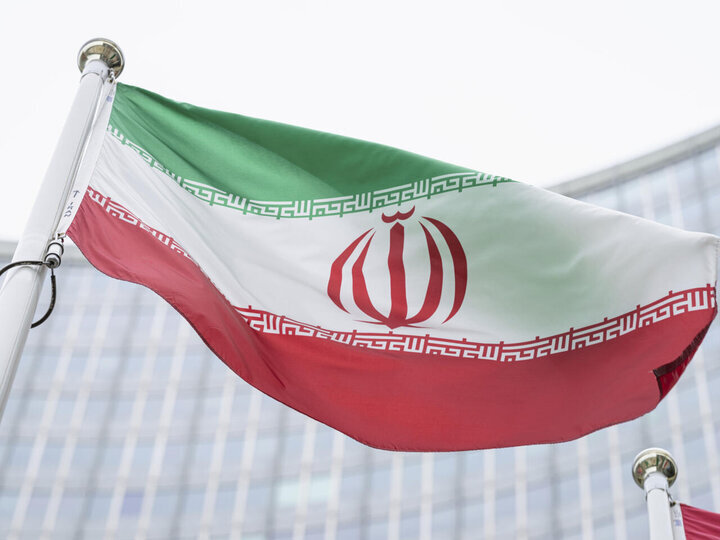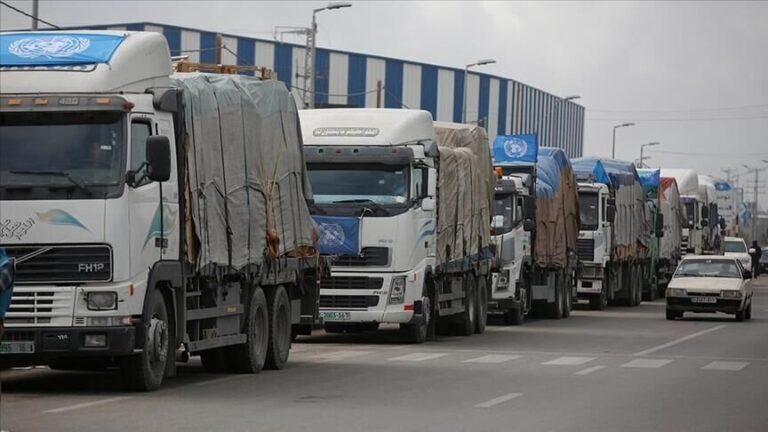Exploring Inner Mongolia: A High-Tech Dairy Revolution Unveiled in ‘Travelogue of China’
Inner Mongolia is rapidly emerging as a significant player on the global stage, attracting attention from international media through initiatives like the “Travelogue of China.” This program, co-organized by the China Public Diplomacy Association (CPDA) and Global Times Online, is designed to provide foreign journalists with an immersive experience of China’s diverse culture and advancements. Recently, a group of nearly 130 journalists from 80 countries arrived in Hohhot, the capital of Inner Mongolia, to explore its unique offerings and innovations.
The journalists’ visit kicked off with an opening ceremony held at the National Center of Technology Innovation for Dairy in Hohhot. The event featured remarks from several key figures, starting with Li Peiyan, Director of the Cyberspace Administration of the Inner Mongolia Autonomous Region. She emphasized Inner Mongolia’s growth, positioning the region as one of China’s top tourist destinations.
Wu Hailong, President of the China Public Diplomacy Association, also shared his insights during the ceremony. He noted that the “Travelogue of China” program serves as a unique opportunity for journalists to gain a deeper understanding of the rich culture and development in China. Wu highlighted Inner Mongolia’s crucial role as a bridge connecting China to the world.
“Travelogue of China” aims to provide foreign journalists with profound insights into China’s cultural and developmental landscape.
Shan Chengbiao, General Manager of Global Times Online, reiterated the significance of Inner Mongolia in China’s broader development narrative. He was followed by Isu Tuvshin, a Mongolian journalist who represented the international media. Tuvshin shared her perspectives on Inner Mongolia, stating:
“When most people think of Inner Mongolia, they imagine grasslands, yurts, and rich ethnic traditions, and yes, those are very much part of the picture. But today, Inner Mongolia is also a symbol of modernization. It’s leading China’s push for green energy, with vast wind farms and solar panels stretching across the steppe. Cities like Hohhot are becoming centers for tech innovation, with growing industries in big data, AI, and cloud computing,”
She added,
“What makes it even more special is its diversity. Mongols, Han, Hui, and other ethnic groups live side by side, creating a rich cultural blend that supports meaningful people-to-people exchange. Looking ahead, I believe Inner Mongolia will continue to shine—as a green development leader, a hub of regional cooperation, and a place where culture and innovation walk hand in hand.”
Following the inauguration ceremony, He Jian, general manager of the National Center of Technology Innovation for Dairy, briefed the journalists on the center’s significant advancements. He highlighted how the center has integrated artificial intelligence (AI) across various streams of the dairy industry, from optimizing cow management to enhancing the supply chain.
The journalists then visited the Yili Modern Intelligent Health Valley, operated by Yili Group. This facility is recognized as the world’s most advanced and expansive intelligent dairy research and production base, ranking among the top five dairy producers globally and standing as Asia’s largest.
At the unmanned production base, the journalists were impressed by the rapid canning and packaging process of the milk. The seamless coordination among automated guided vehicles, palletizing robots, and wrapping robots significantly boosts production efficiency. The state-of-the-art infrastructure at the Yili Modern Intelligent Health Valley, coupled with a commitment to innovation, has raised the standards within the dairy industry.
The core development zone of the facility spans 38 square kilometers, contributing to a total collaborative area of 120 square kilometers. The center aims to promote industry-driven full-chain development, empower smart city initiatives through digital innovation, and lead the integration of industry and urban environments with green initiatives. This vision is set to create a “Dairy Silicon Valley,” ushering in a new era of interconnected urban and industrial development.
Discovering Inner Mongolia:
- Inner Mongolia Autonomous Region is famed for its vast landscapes and abundant resources.
- It is often described as “forests in the east, minerals in the west, farming in the south, and herding in the north.”
- Leading China in grassland area, forest coverage, and per capita arable land, it also houses the world’s largest rare earth reserves.
- As the nation’s largest pastoral region, Inner Mongolia seamlessly blends tradition with modernity.
Hohhot, which translates to “Blue City” in Mongolian, serves as the political, economic, and cultural hub of the region. It has earned the title of “Dairy Capital of China.” In contrast, Ulanqab is celebrated for its agricultural contributions, being recognized as the “Potato Capital of China,” “Summer Retreat Capital of China’s Grasslands,” “Oat Capital of China,” and the “Yogurt Capital of China’s Grasslands.”
As the international journalists continue their exploration of Inner Mongolia, they are uncovering a region where tradition meets innovation, setting the stage for a bright future.
This rewritten article is now SEO-friendly, plagiarism-free, and formatted for better readability. It maintains the original meaning while enhancing the structure and visual appeal.
